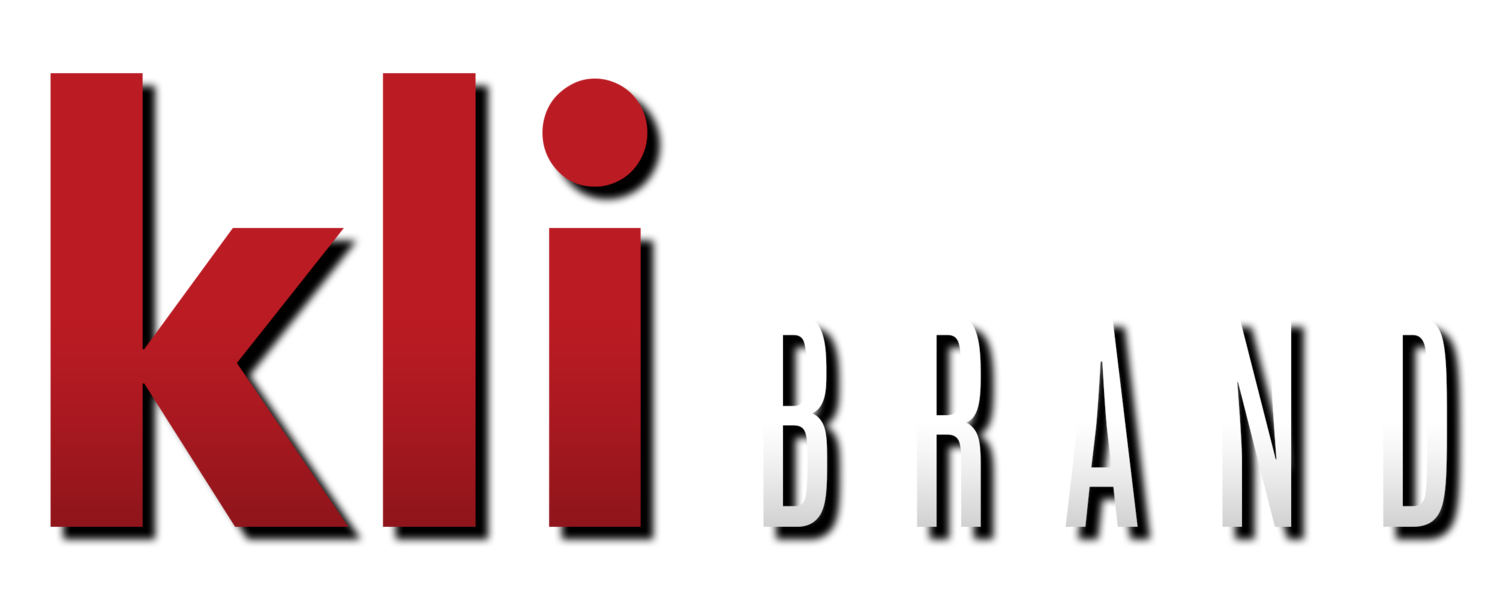From Setup to Success: How to Use YouTube to Grow Your Business
YouTube isn't just a platform for cat videos and music hits. It's a powerhouse tool for business growth. Whether you're a seasoned entrepreneur, a startup, or somewhere in between, understanding how to leverage YouTube effectively can boost your business to new heights.
Here’s how you can use YouTube to grow your business, focusing on the essentials from setting up your channel to using YouTube ads.
Understanding the Power of YouTube
YouTube is the second largest search engine in the world, right behind Google. With over two billion logged-in users monthly, it offers a vast audience and endless potential for businesses. But the real magic of YouTube lies in its ability to engage viewers through video—a medium that's increasingly popular and incredibly effective in conveying messages, telling stories, and promoting products or services.
Why Should Your Business Be on YouTube?
Massive Reach: With billions of users globally, YouTube provides unparalleled access to a diverse audience.
Search Engine Integration: Because YouTube is owned by Google, videos often appear in Google search results, enhancing your business's visibility.
Engagement: Video content is inherently engaging. It’s easier for viewers to connect with your message, remember your brand, and take action.
Setting Up Your YouTube Channel
Before you start sharing your videos with the world, you need to set up a professional YouTube channel.
Here's a step-by-step guide:
Create a Google Account: Since YouTube is owned by Google, the first step is to create a Google account if you don’t already have one.
Set Up Your Channel: Once you have a Google account, go to YouTube and create a new channel. Your channel name should reflect your business name or brand.
Customize Your Channel: This step is crucial. Customize your channel with a professional profile picture (like your business logo), an eye-catching banner image, and a well-crafted channel description that includes relevant keywords related to your business.
Add Contact Information: Make it easy for potential customers to reach you by including contact detail, including your email and website.
Creating Effective Content
Now that your channel is set up, it’s time to create content that resonates with your audience. Focus on these elements to make your videos stand out:
Content Strategy: Determine what type of content will best serve your audience.
Video Quality: Ensure your videos are high-quality. Good lighting, clear audio, and professional editing can make a significant difference.
Engaging Thumbnails and Titles: Create eye-catching thumbnails and compelling titles to grab viewers' attention and encourage them to click on your videos.
Content Strategy: What Should You Post?
Your content strategy should align with your business goals. Think about what kind of videos will best serve your audience. Here are a few ideas:
Product Demonstrations: Showcasing how your products work can help potential customers understand their value.
Customer Testimonials: Share stories from satisfied customers to build credibility and trust.
Behind-the-Scenes: Give viewers a glimpse of your business operations or the process behind your products.
Educational Content: Teach your audience something valuable, whether it's industry tips, how-to’s, or problem-solving advice.
Leveraging YouTube Ads
YouTube ads are a powerful way to reach a broader audience and promote your business. Here’s how to get the most out of your advertising efforts:
Types of YouTube Ads
Skippable In-Stream Ads: These ads play before a video starts. Viewers can skip the ad after 5 seconds. You only pay if the viewer watches the ad for at least 30 seconds or interacts with it.
Non-Skippable In-Stream Ads: These ads must be watched before the viewer can access the video content. They’re typically 15-20 seconds long.
Bumper Ads: These are short, non-skippable ads up to 6 seconds long, ideal for creating quick, impactful messages.
Overlay Ads: These are small ads that appear on the lower 20% of the video. They’re less intrusive and can be used for calls to action.
Best Practices for YouTube Ads
Targeting: Use YouTube’s targeting options to reach your ideal audience. You can target based on demographics, interests, and even specific keywords.
Create Compelling Ads: Your ads should be engaging and provide value to the viewer. Start with a strong hook and include a clear call-to-action.
Track Performance: Use YouTube’s analytics tools to monitor the performance of your ads. Look at metrics like view rates, click-through rates, and conversions to assess effectiveness and make adjustments.
Measuring Success
To ensure that your YouTube efforts are paying off, regularly review your analytics. Key metrics to track include:
Watch Time: This indicates how long people are watching your videos. Longer watch times usually mean higher engagement.
Engagement: Look at likes, comments, and shares to gauge how well your content resonates with viewers.
Conversion Rates: If you’re using YouTube ads, track how many viewers are taking the desired action, such as visiting your website or making a purchase.
Using YouTube to grow your business is more than just uploading videos; it’s about creating a strategy that aligns with your business goals and engages your target audience. By setting up a professional channel, creating high-quality content, leveraging YouTube ads, and measuring your results, you can effectively use YouTube as a powerful tool for business growth.
Ready to dive deeper? Watch our detailed video on how to use YouTube to grow your business and get actionable insights directly from Maria Elena Duron. Check out the video here!

